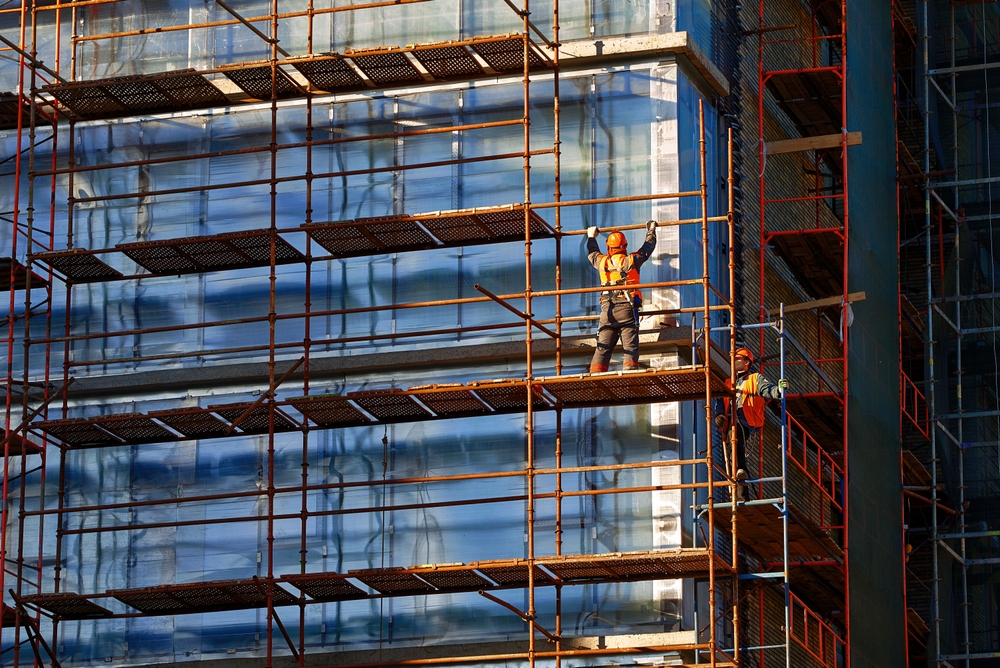
Thermal Insulation: Key to Energy-Efficient Buildings
Thermal Insulation: Key to Energy-Efficient Buildings
In today’s construction industry, energy efficiency is no longer optional—it’s essential. One of the most effective ways to achieve energy savings and enhance comfort is through thermal insulation. As global temperatures rise and energy costs increase, thermal insulation plays a crucial role in sustainable building design.
By minimizing heat transfer between the inside and outside of a building, thermal insulation ensures reduced energy consumption, lower utility bills, and a smaller environmental footprint. In India’s diverse climate, proper insulation is not just about comfort—it’s about sustainability and long-term savings.
What Is Thermal Insulation?
Thermal insulation refers to materials and construction techniques that prevent heat from escaping or entering a building. It acts as a barrier against heat flow, maintaining stable indoor temperatures regardless of external weather conditions.
In simple terms, thermal insulation keeps interiors cool during hot summers and warm during cold winters, reducing the need for artificial heating or cooling systems. Common insulating materials include fiberglass, mineral wool, polyurethane foam, cellulose, and eco-friendly alternatives like cork and hemp.
Why Thermal Insulation Matters in Construction
1. Enhances Energy Efficiency
The primary goal of thermal insulation is to improve a building’s energy efficiency. By reducing the load on air conditioners and heaters, insulation minimizes energy consumption and lowers greenhouse gas emissions.
2. Provides Comfort and Temperature Stability
Thermal insulation ensures consistent indoor temperatures, preventing heat loss in winter and heat gain in summer. This stability leads to greater comfort for occupants year-round.
3. Reduces Electricity Bills
Well-insulated buildings consume less energy for temperature control, resulting in significant savings on electricity costs. Investing in thermal insulation offers long-term financial benefits for both homeowners and businesses.
4. Supports Sustainable Construction
Using thermal insulation aligns with sustainable building goals by reducing a structure’s carbon footprint. It also contributes to green certifications like LEED and IGBC, enhancing the building’s environmental performance.
Types of Thermal Insulation Materials
1. Fiberglass Insulation
Made from fine glass fibers, this material is one of the most common forms of thermal insulation. It’s lightweight, cost-effective, and offers excellent thermal resistance.
2. Mineral Wool
Mineral wool, including rock and slag wool, provides both thermal and soundproofing. It’s ideal for walls, roofs, and ceilings due to its high fire resistance.
3. Polyurethane Foam
This thermal insulation material offers high R-values, meaning excellent heat resistance. It’s used in spray foam applications to fill cracks and gaps efficiently.
4. Reflective Insulation
Reflective materials like aluminum foil reduce radiant heat transfer, making them ideal for thermal in hot climates like much of India.
5. Eco-Friendly Insulation
Sustainable materials such as cork, cellulose, and sheep wool are gaining popularity in green construction. These natural thermal insulation products are renewable, biodegradable, and safe for the environment.
Thermal Insulation in Indian Construction
India’s tropical climate makes thermal essential for maintaining energy efficiency. Urban areas like Delhi, Mumbai, and Chennai experience high energy demand due to excessive cooling needs. Proper insulation can reduce this dependency significantly.
Government initiatives such as the Energy Conservation Building Code (ECBC) promote thermal insulation as a key design requirement for new commercial and residential projects. Builders are also adopting advanced materials that meet both performance and environmental standards.
To learn more about India’s energy-efficient construction policies, visit the Bureau of Energy Efficiency (BEE) — the national authority driving sustainable building practices across the country.

Implementing Thermal Insulation in Your Project
Integrating thermal insulation should start early in the design phase. Key considerations include:
-
Material selection: Choose insulation based on the climate and building type.
-
Placement: Apply insulation in roofs, walls, and floors for maximum effect.
-
Sealing air leaks: Ensure all joints and openings are properly sealed to prevent heat transfer.
-
Compliance: Follow ECBC and IGBC guidelines for sustainable performance.
If you’re planning a sustainable construction or renovation project, connect with AMS India. Their team specializes in thermal insulation, energy-efficient design, and eco-friendly building solutions that meet modern green standards.
Conclusion
Thermal insulation is one of the smartest investments in sustainable construction. It improves comfort, lowers energy bills, and significantly reduces environmental impact. As India moves toward a greener and more energy-conscious future, integrating effective thermal in every project will be key to achieving sustainability goals.
By prioritizing thermal today, we can create buildings that are not only efficient and comfortable but also environmentally responsible for generations to come.
Read more related articles to enhance your knowledge and make informed decisions
Cost-Effective Modular Construction: Fast, and Sustainable Building Solutions
Smart Modular Buildings: Innovative, Efficient, and Sustainable Construction








